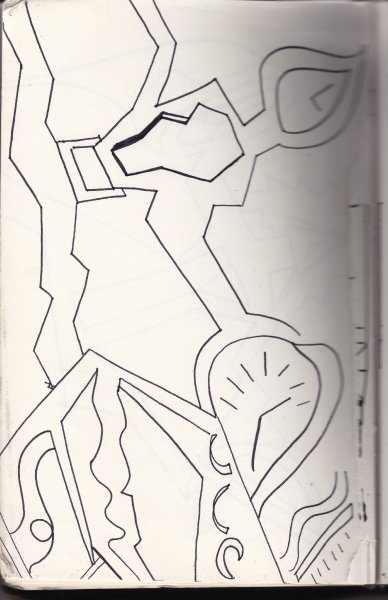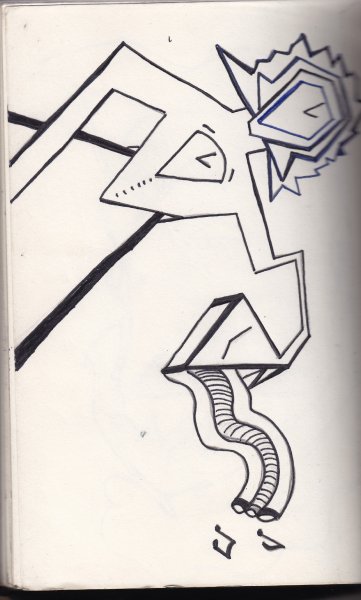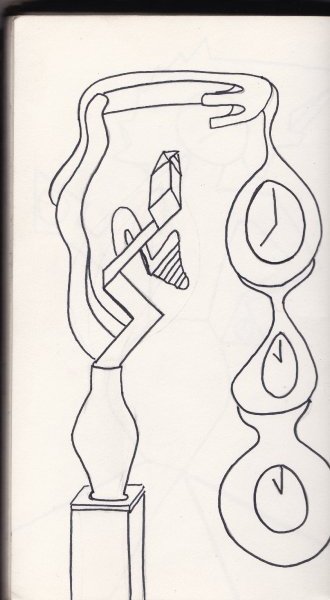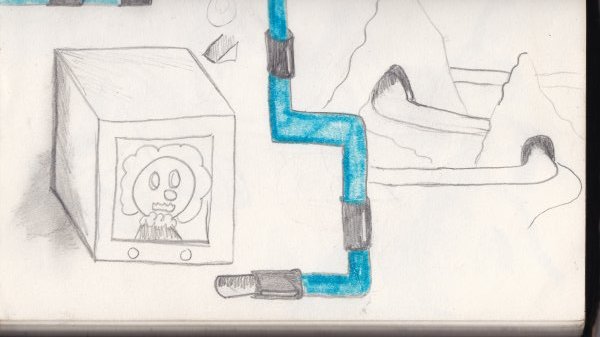A non-invasive microbiome-based tool may provide a giant leap in diagnosing liver disease, a new study finds. Using machine-learning-based prediction in analyzing stool samples, this promising diagnostic tool can be an inexpensive and efficient way to improve care and treatment outcomes for people with liver disease, including liver cancer.
Developed by scientists from Salk Institute and UC San Diego, this new test works by examining the microbes in a patient’s stool sample. These complex gut microbes, which exist in a microbiome, have been found to be good indicators of health.
“The microbiome is a dynamic living sensor of small changes in health and disease in the body, and as such, it provides an accurate readout of body health,” explains Ronald Evans, a professor from Salk Institute and a co-corresponding author of the study published in Cell Metabolism.
Using data from microbiome genetic profiling and metabolites from the stool samples, the researchers discovered a microbiome signature that was associated with a cirrhosis diagnosis with 94 percent accuracy. The microbiome signature could also determine the stage of liver fibrosis, which could allow doctors to grade patients based on the stage of the liver disease and develop an appropriate treatment plan.
Chronic liver disease affects over 844 million people across the globe, making it a critical global public health concern. Non-alcoholic fatty liver disease (NAFLD) is the leading cause of chronic liver disease, and can progress to liver fibrosis and cirrhosis—and potentially liver cancer—as the liver starts to experience scarring and cell death.
However, diagnosing liver diseases remains a challenge. Current diagnostic procedures such as biopsies are invasive and costly. Biopsies are also known to miss other injured regions of the liver. An MRI is also used to diagnose liver conditions, but it is expensive and often not available in rural areas, especially in low- to middle-income countries.
“Because this diagnostic is fast and low-cost, it could be something that becomes widely used, especially in the many areas that lack specialty clinics and physicians. Simply said, it could be a real game-changer, with worldwide implications,” noted Dr. Evans.
In this study, the team used a computational method called machine learning to uncover a complex disease signature based on 19 bacterial species found in the stool samples of a patient group. The signature is made up of the different quantities of bacteria, creating a universal fingerprint for identifying liver fibrosis and cirrhosis. They found that the signature indicative of liver disease could accurately identify cirrhosis in 94 percent of patients, thereby validating the accuracy of the algorithm across different genetics and diets.
As for the next steps, the team plans to examine the causal link between the microbiome and liver disease. Let us all look forward to possibly more promising scientific findings!
To learn more, read the study here.
To know more about liver disease and treatment, visit our blog.






























